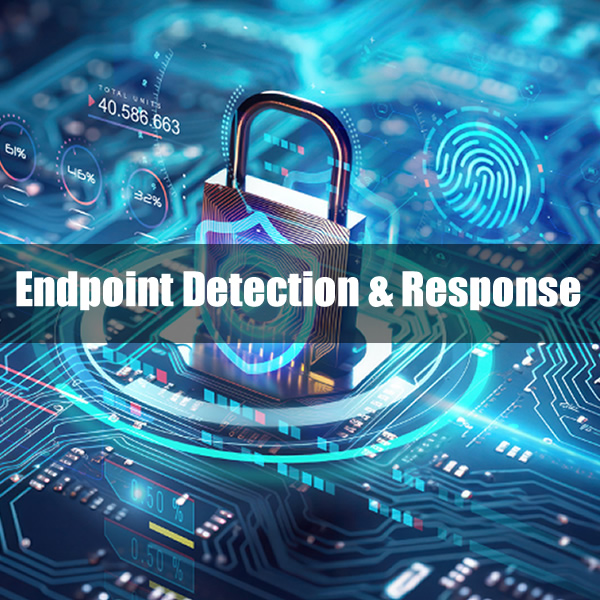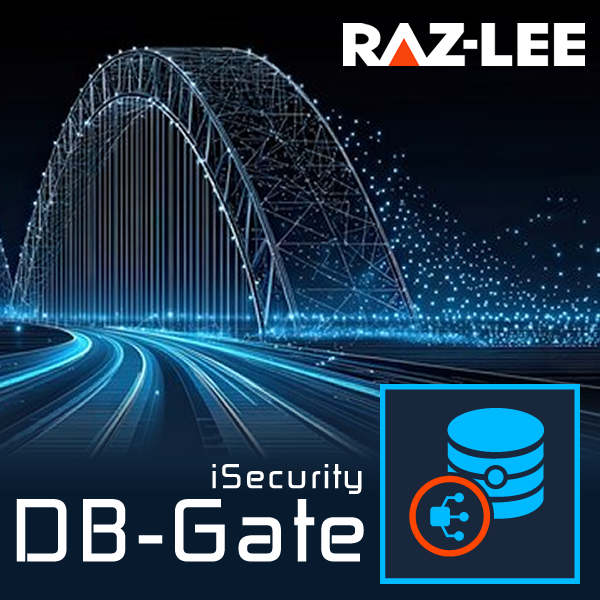Nanuet, New York – December 18, 2023 – Raz-Lee Security Inc announces a major software upgrade for iSecurity Anti-Ransomware, A comprehensive advanced threat protection solution for defending IBM i IFS files against ransomware and other kinds of malware
It prevents ransomware from damaging valuable data while preserving performance.
Multithread
The previous release of Raz-Lee’s Anti-Ransomware product introduced the ability to run in multithread. This is important, as IBM has enabled its file server to work in multithread.
But if a user wishes to add an exit program – as it is needed for anti-ransomware, he must ensure, and then to declare to the operating system, that the exit program he adds is thread-safe i.e. it can work in multithread.
With multithread the number of jobs used by IBM file-server is one. When the file server is activated with an exit point that is not threadsafe, it used multiple jobs, in a number which is related to the number of users and the number of shares that each user activated.
Multithreading can offer several advantages over single-threaded including, such as increased throughput, better responsiveness, resource efficiency, and parallelism.
With Raz-Lee’s Anti-Ransomware having the ability to work in threadsafe mode, the user has the choice to activate the IBM File Server in its multithread setting, and benefit from its advantages.
Asynchronous processing – to improve response time
Imagine taking a process which is always running and checking things, splitting in to two non equal parts, then removing the bigger part away leaving the smaller part and getting certainly faster response time but also better fnctionality. This is what this new release offers!
Raz-Lee continues to improve its Anti-Ransomware product. The newest release makes a large part of its activity asynchronous. Users experience much faster response times, as the work time in the exit point is.
Working asynchronously, Anti-Ransomware can perform even more extensive checks without affecting the end user performance.
Sandbox – to eliminate false positive alerts
Anti-Ransomware uses a “sandbox” for testing. If it suspects that an object has been attacked by ransomware, it passes the object to the sandbox. There, it tests the object thoroughly, as if running or using it. This either confirms that the object has been attacked or marks it as clear.
The sandbox reduces false alarms to virtually zero.
To facilitate the new features, a new ZRANSOM subsystem is used. The subsystem runs two major jobs:
- TPSNDBOX: The “sandbox” that enables confirming or clearing suspected objects.
- TPSRV: One or more jobs that provide the asynchronous activity that jobs had previously done in real-time.


